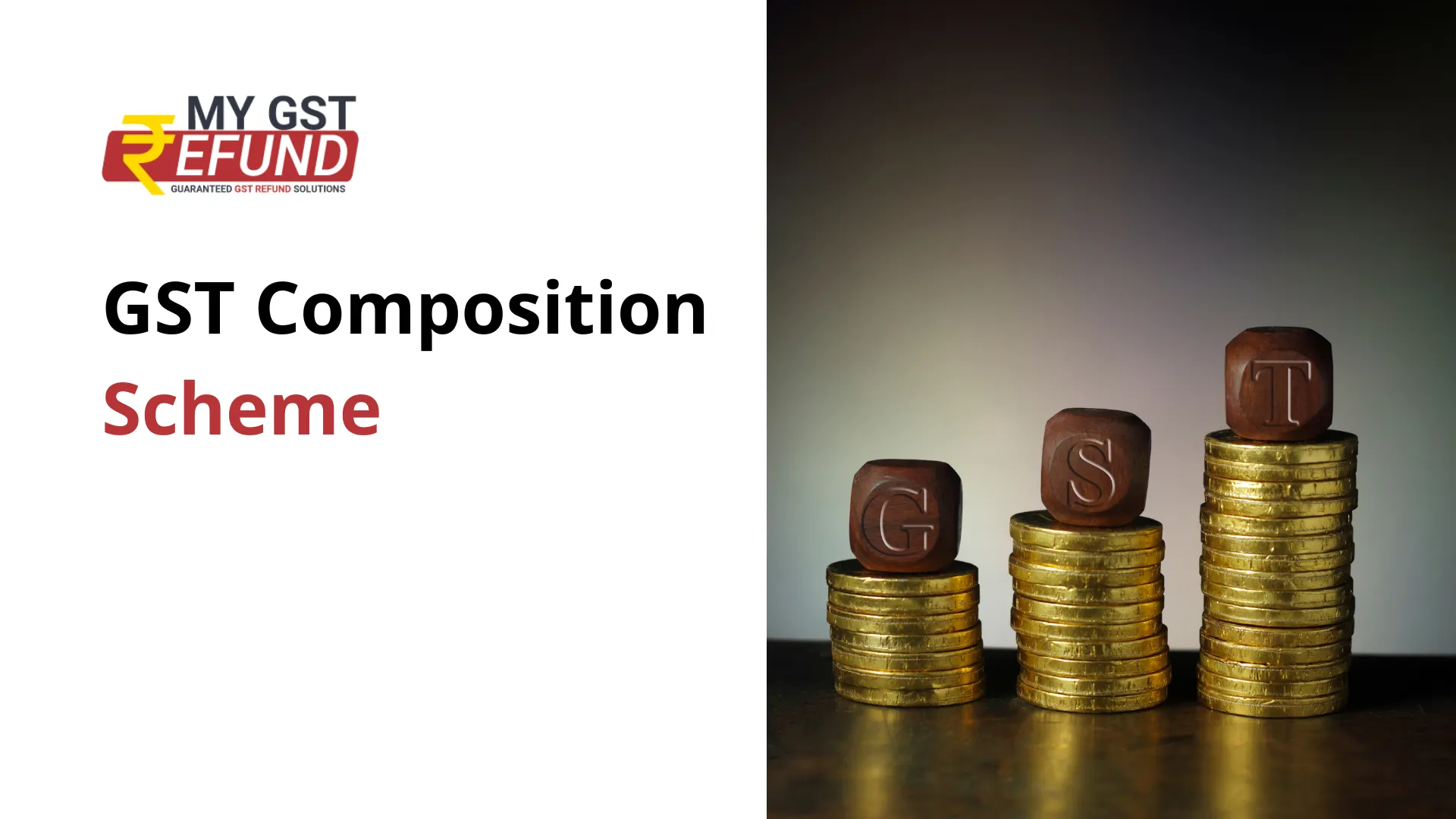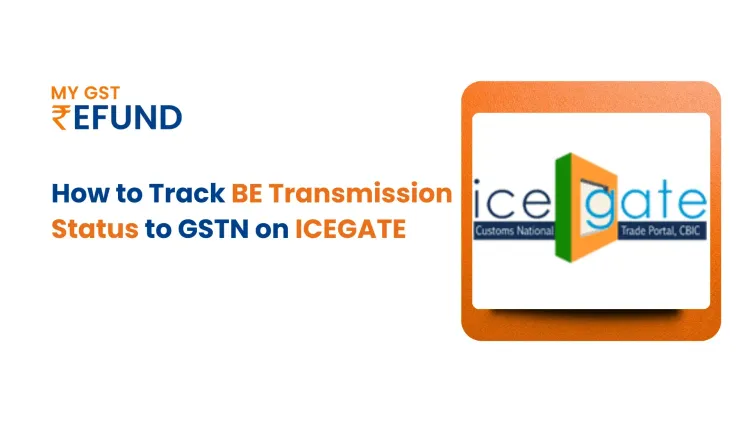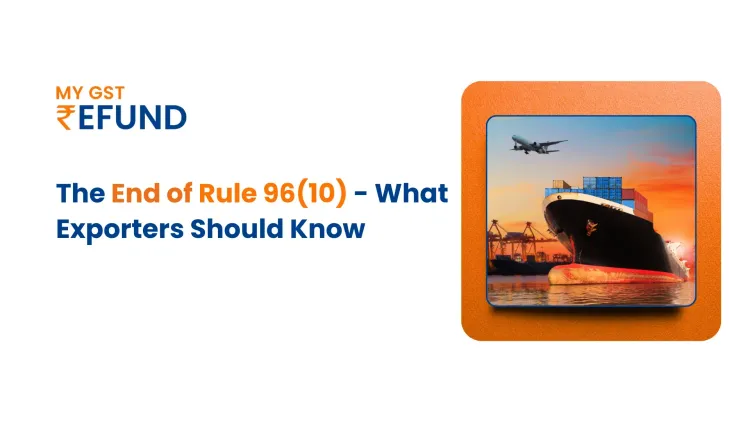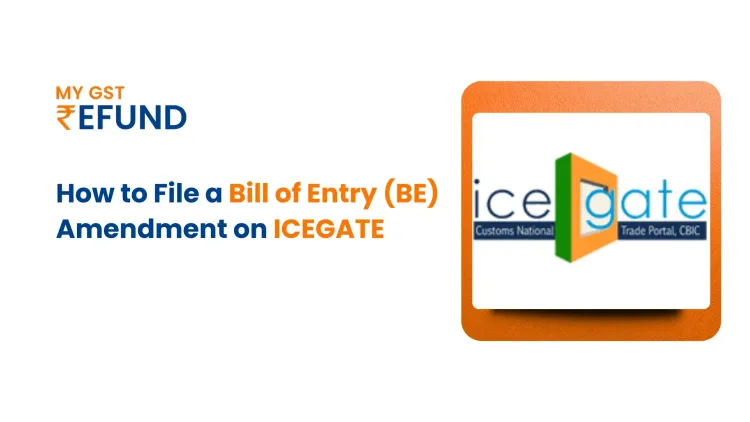The GST composition scheme may be defined as a simplified scheme of the Goods and Services Tax that is targeted at small taxpayers. The composition scheme under GST allows small taxpayers to skip standard GST formalities and pay goods and service taxes at a fixed rate of GST based on the turnover of the business. So, the key difference from standard GST is that in the case of the composition scheme, GST payable is calculated based on the turnover of the business and not the specific GST rates of goods/services being supplied.
As per current rules, taxpayers can opt for the GST composition scheme if their annual turnover is less than Rs. 1.5 crore, however, not every entity can avail of the benefits of the composition scheme. The primary benefit of the GST composition scheme is that small businesses won’t have to file as much paperwork and will have a lower tax liability which can significantly reduce the stress of filing GST returns.
Features of Composition Scheme
The composition scheme has several important features that registered taxpayers should know:
1. Lower Tax Liability: Tax rates under the composition scheme are lower compared to regular GST. Typically, it's around 1% of the annual turnover.
2. Tax Rates Based on Business Type: The tax rate varies between 1% to 5%, depending on the type of business.
3. Quarterly Returns: Instead of filing multiple returns every quarter, taxpayers only need to file one return per quarter.
4. Bill of Supply: Businesses under the composition scheme issue a bill of supply instead of a tax invoice.
5. Single PAN and Scheme Choice: If a taxpayer has multiple businesses under one PAN, they must either choose the composition scheme for all businesses or opt out entirely.
6. Eligibility Criteria: Only specific taxpayers, such as manufacturers, dealers, and restaurant owners (excluding those serving alcohol), can opt for the composition scheme after meeting the threshold limit.
7. Reverse Charge Mechanism: Under this scheme, when transactions fall under the reverse charge mechanism, the dealer must pay tax according to the regular GST rates.
Understanding these features helps taxpayers decide whether the composition scheme is suitable for their business needs.
GST Composition Scheme Eligibility Criteria
As mentioned in the earlier section, the GST composition scheme cannot be availed by all small businesses and taxpayers in India. Since the scheme is designed to benefit small businesses/business owners, the primary eligibility criteria are the annual turnover amount of up to Rs. 1.5 crore.
So a regular taxpayer with an annual turnover below the Rs. 1.5 crore limit can be eligible for the composition scheme provided they are not otherwise excluded. In the case of some Indian states, this turnover limit is lower at Rs. 50 lakh. These states include the following: Arunachal Pradesh, Assam, Manipur, Meghalaya, Nagaland, Mizoram, Sikkim, Tripura, and Himachal Pradesh.
GST Rates for Composition Scheme
The applicable rate of tax as per GST composition scheme is also known as composition levy. The applicable rate of composition levy can vary between 1% and 5% which differs based on the type of entity.
Below are the applicable GST rates under the composition scheme:
Who can not opt for a Composition Scheme ?
Inter-state suppliers: Individuals who supply goods or services between different states cannot opt for the Composition Scheme under GST.
Manufacturers of specific goods: The GST council maintains an exclusion list for the Composition Scheme, which includes certain manufacturing activities that are not eligible for the scheme. The list is based on the nature of the goods.
Casual taxable persons: Individuals registered as casual taxable persons*, who require GST registration for a temporary period, are not eligible for the Composition Scheme.
Non-Resident Individuals: NRIs registered under GST are not allowed to opt for the Composition Scheme.
Individuals selling goods on an e-commerce platform and collecting Tax Collected at Source (TCS): Previously, individuals selling goods on e-commerce platforms and collecting TCS were not eligible for the Composition Scheme. However, this restriction has been removed from October 1, 2023.
How to opt for a Composition Scheme ?
To opt for the Composition Scheme under GST, you can do the following:
At the beginning of the financial year: If you want to avail of the Composition Scheme from the start of the financial year, you need to file the GST CMP-02 form. You can do this through the GST portal or with the help of a GST practitioner.
During GST registration: If you are a new taxpayer registering for GST, you can choose the Composition Scheme during the registration process itself. Just select the option that indicates your intent to opt for the Composition Scheme.
Remember, once you have opted for the Composition Scheme, you cannot switch to the regular scheme during the financial year. You can only opt for the Composition Scheme at the beginning of the financial year or during GST registration.
Advantages of Composition Scheme
- Companies benefit from spending less time spent on compliance-related chores such as filing taxes, keeping books and records, and more, and more time to concentrate on their core business operations.
- Small firms will benefit greatly from less tax obligations. The majority of small and medium-sized enterprises are exempt from taxes if their yearly revenue is less than ₹15 Lakhs This makes it possible for small and medium-sized enterprises to succeed in the market.
- Taxpayers benefit from increased liquidity since there are lower applicable tax rates, which means less GST needs to be paid to the government.
Disadvantages of the Composition Scheme
1. Entrepreneurs must operate within a state in order to register under the program. This prevents a company from expanding its activities' region.
2. Cannot be delivered are goods that are exempt from GST. The Composition Scheme, for instance, is not available to sugarcane merchants since their product is GST-exempt.
3. No way to submit an ITC claim.
Conclusion
In conclusion, the GST Composition Scheme is crucial for making taxes simpler for small businesses in India. But it's important to note that while this scheme provides many advantages, it also has limitations. For example, businesses under this scheme can't sell goods across different states and can't claim credit for taxes paid on inputs. Small businesses should think carefully about whether they qualify, what they need to operate, and whether the benefits outweigh the drawbacks before choosing this scheme.
FAQs
Q.1 What is the due date for the composition scheme ?
Ans. The deadline for opting for the GST Composition Scheme for FY 2024-25 is March 31, 2024; file CMP-02 form if eligible.
Q.2 Can composition tax be collected from customers ?
Ans. No, a composition dealer is not allowed to collect composition tax from the buyer.
Q.3 Can a composition dealer claim an ITC ?
Ans. Since a Composition Dealer is not allowed to avail of input tax credit, such a dealer cannot issue a tax invoice as well. A buyer from a composition dealer will not be able to claim input tax on such goods.
also read - Demand and Recovery under GST
Related Posts







